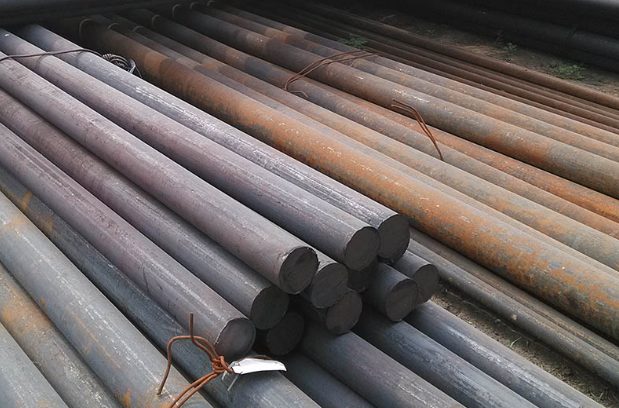Steel bars are indispensable materials in various construction and manufacturing projects. They provide structural support, reinforcement, and versatility in applications ranging from buildings to bridges. Understanding the common sizes of steel bars is crucial for engineers, architects, contractors, and DIY enthusiasts alike. In this article, we delve into the typical sizes of steel bars, their applications, and considerations for choosing the right size for your project.

- Common Sizes of Steel Bars: a. Round Bars: i. Diameter: Round bars typically range from 6mm to 50mm in diameter. ii. Common Sizes: Popular sizes include 6mm, 8mm, 10mm, 12mm, 16mm, 20mm, 25mm, 32mm, and 40mm. b. Square Bars: i. Side Length: Square bars have equal side lengths, usually ranging from 6mm to 50mm. ii. Common Sizes: 6mm, 8mm, 10mm, 12mm, 16mm, 20mm, 25mm, 30mm, 40mm, and 50mm are among the standard sizes available. c. Flat Bars: i. Thickness: Flat bars vary in thickness, typically ranging from 3mm to 25mm. ii. Width: Widths can vary significantly, with common widths falling between 10mm to 300mm. iii. Common Sizes: Common thicknesses include 3mm, 5mm, 6mm, 8mm, 10mm, 12mm, 16mm, 20mm, and 25mm. Widths may vary based on specific project requirements. d. Deformed Bars (Rebars): i. Diameter: Deformed bars are available in diameters ranging from 6mm to 50mm. ii. Common Sizes: Standard sizes include 6mm, 8mm, 10mm, 12mm, 16mm, 20mm, 25mm, 32mm, and 40mm. e. Hexagonal Bars: i. Across Flats: Hexagonal bars have flat-to-flat dimensions, usually ranging from 6mm to 50mm. ii. Common Sizes: Common sizes include 6mm, 8mm, 10mm, 12mm, 16mm, 20mm, 25mm, 30mm, 40mm, and 50mm.
- Applications and Uses:
- Round bars: Widely used in construction, fabrication, and engineering projects such as shafts, axles, bolts, and fasteners.
- Square bars: Utilized in construction, manufacturing, and architectural applications, including framework, supports, and ornamental features.
- Flat bars: Ideal for structural support, reinforcement, brackets, and base plates in construction and manufacturing.
- Deformed bars (Rebars): Essential for reinforced concrete structures like buildings, bridges, highways, and infrastructure projects.
- Hexagonal bars: Employed in various mechanical and engineering applications, offering strength and versatility.
- Choosing the Right Size:
- Consider load requirements, structural design, and project specifications.
- Consult structural engineers or professionals for guidance on appropriate sizes.
- Assess the intended application, environmental factors, and material compatibility.
- Evaluate cost-effectiveness and availability of preferred sizes in the market.
Understanding the common sizes of steel bars is essential for ensuring the structural integrity and efficiency of construction and manufacturing projects. Whether it's round, square, flat, deformed, or hexagonal bars, each size serves specific purposes across various applications. By selecting the appropriate size based on project requirements and considering factors such as load capacity, design specifications, and material compatibility, professionals and enthusiasts can optimize performance and durability in their endeavors.








